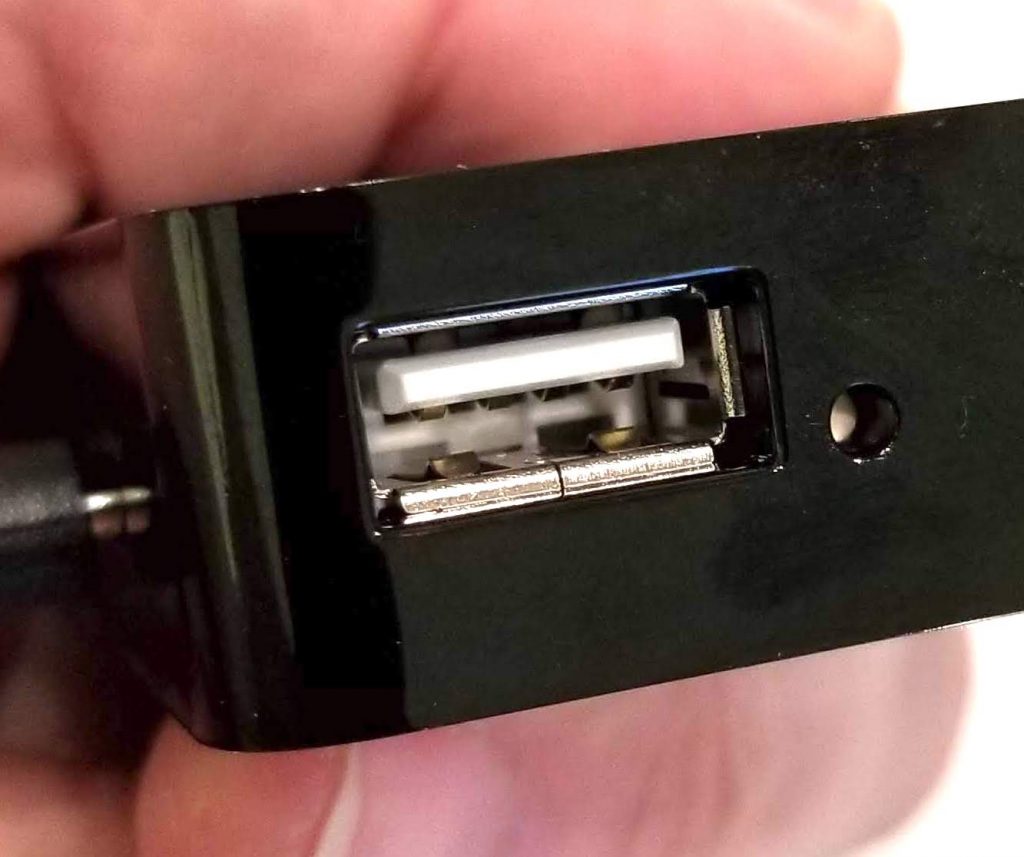

- #Multiclock usb sync interface how to#
- #Multiclock usb sync interface Patch#
- #Multiclock usb sync interface software#

Back to OMS and wishing that these things would just work like magic. The direction we are headed in now looks a lot to me like a loop. They were asking us to think about things differently, and so they failed (at first.) But being artists – no money, spare time, and something gnawing away at us inside – we picked them up cheap, and changed the world. They weren’t meeting the uninspired and the unrehearsed where they live. But none of these ideas seem to have been of their own time. There are countless examples of hideous ideas which have changed everything. And you know what? Sometimes it is amazing. That promise of peanut butter, pasta sauce, pesto, face cream, car key powder, and saw dust all from the same little tiny $9.99 blender! It’s amazing. We want it to be easy, and familiar, and unchallenging. So it appears now the drive is to make hardware work like software. They spend a decade in their room fingering strings, and never went outside. It’s like getting a guitar and being disappointed you can’t play it better than anyone else without ever having taken a lesson.
#Multiclock usb sync interface how to#
Now that people like me and a growing number of others are making gear, and cables, modular and clocks look and sound sexy, and fun people are getting inspired again (love that,) however, we still really don’t want to read the manual, or learn how to plug things in. This is the shape of the world at the moment. We are looking at the end, and we want it to be easy. That early 90’s dream of everything all plugged in and ready to go. People are still pretty much slouched in front of their computers. It suffers from what most of today’s devices and thinking suffers from:
#Multiclock usb sync interface Patch#
There is also a new-ish patch bay called MIDI HUB which is interesting, but it doesn’t go far enough. It’s magically erased the double clocking issues, and handles sync, midi time, and more just effortlessly. Protools replaced the tape deck, and the Logic Environment replaced milk crates of cables, and all kinds of failed boxes, converters, switches and patch bays.
#Multiclock usb sync interface software#
What software could do in the form of the Emagic Logic Environment was the main reason for shelling out money in the 90’s. The computer promised such elegance and simplicity. I think that the bad part of all that was really the inevitable double clocking, delay, and general failures which made it “hard” and no fun. To get more interesting layers, change overs, and connection routing was a physical experience.

We either called up the sounds manually, or we figured out the system exclusive messages, or CC patch/bank commands and sent them from our sequencers. So much of what MIDI is capable of in terms of creativity, switchable setups, patchable relationships, has been ultimately abandoned because the computer makes it so easy to simply plug everything in, and then route it all through software.īefore Emagic Logic introduced the environment, where we were finally able to create and build our own software background connections to accomplish so many things which couldn’t have been done before, electronic musicians were stuck with something called OMS, manually entering patch names, defining instruments… the quest was really to find a way to do it all on the screen so that our crashing copies of Cubase and Studio Vision would at last allow us to call up our patches and banks correctly.īefore that money pit of the early 90’s this was all done on the synthesizers themselves.

MIDI – Musical Instrument Digital Interface.


 0 kommentar(er)
0 kommentar(er)
